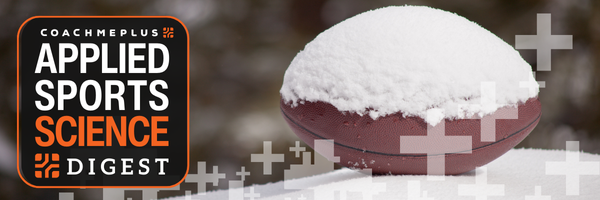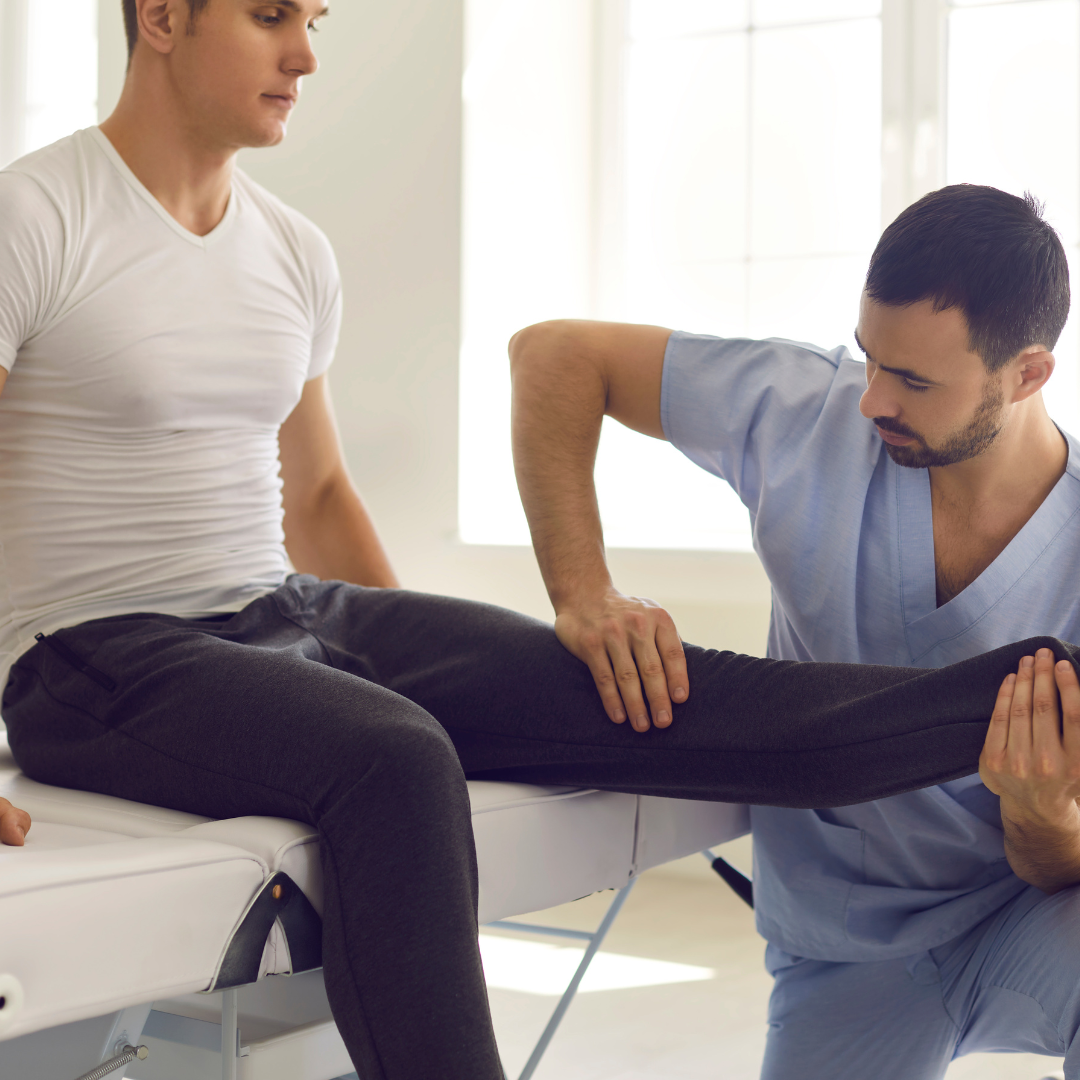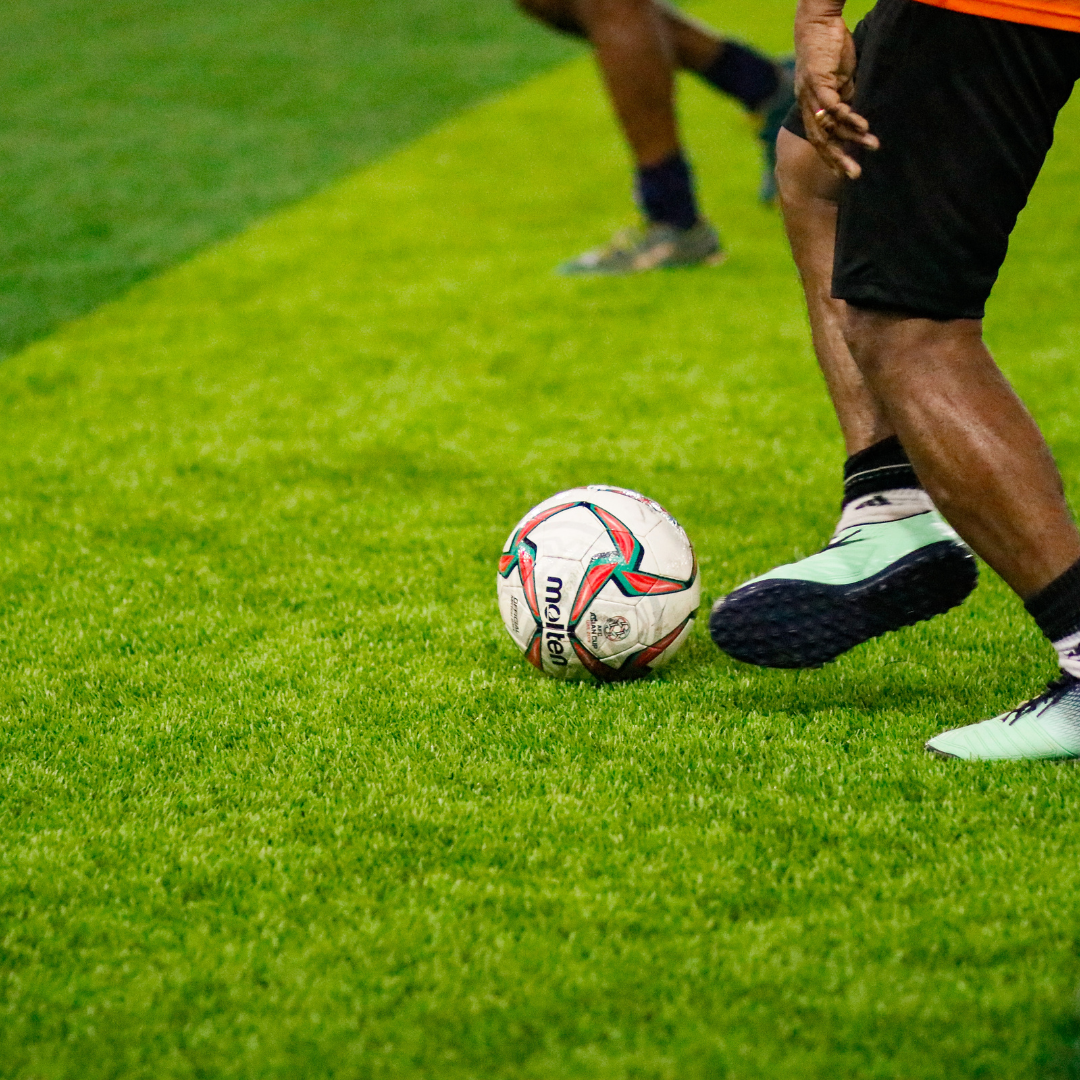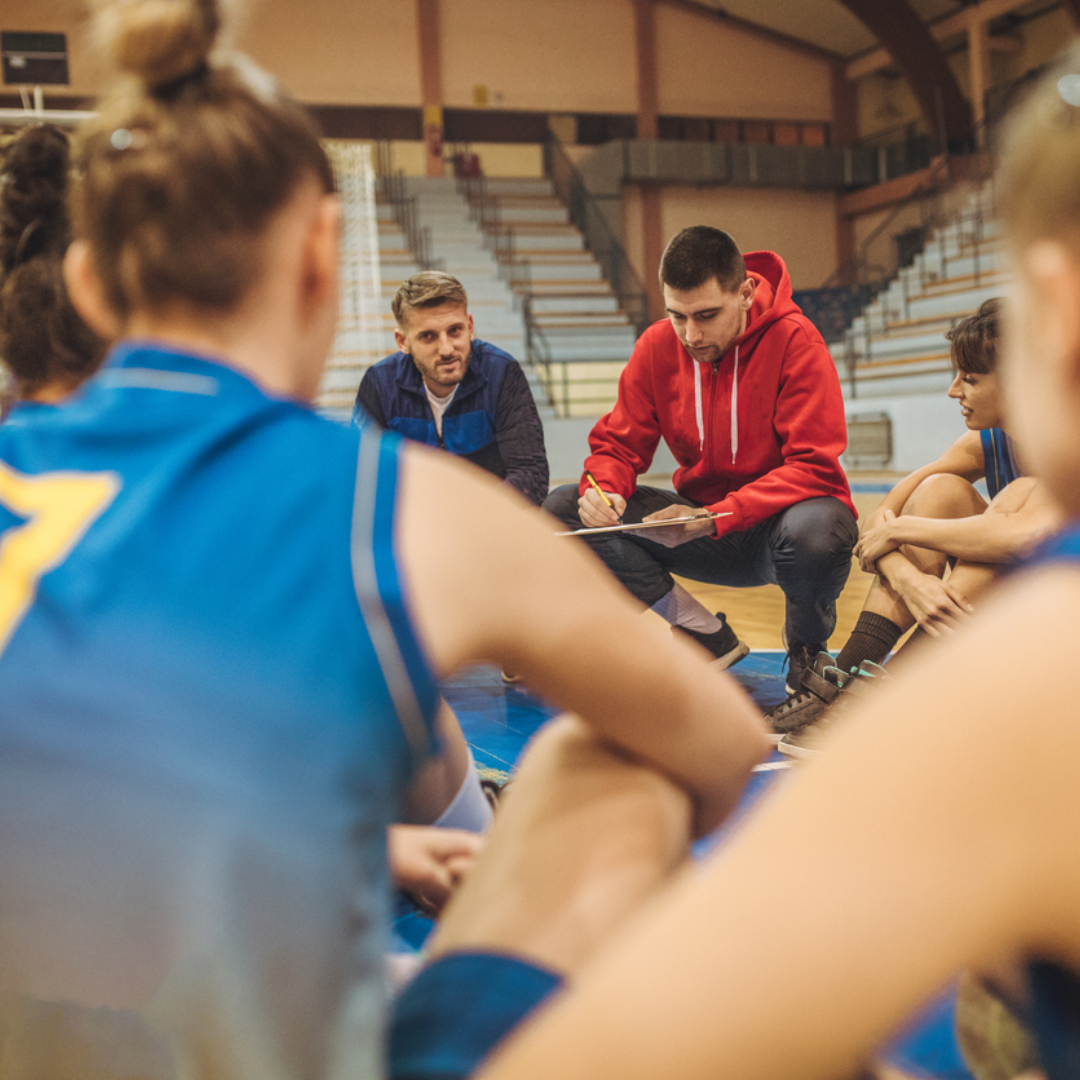Weekly Newsletter
Curated articles every weekApplied Sports Science Weekly Digest #388


Frontiers in Sports and Active Living | January 2025
Accuracy of smartwatches in predicting distance running performance
“This study confirmed that the smartwatch exhibits high precision in predicting 5 km, 10 km, and half marathon performances, with an accuracy exceeding 97%.“

Frontiers in Sports and Active Living | January 2025
A comparative analysis of autograft choices of anterior cruciate ligament reconstruction and their effects on muscle strength and joint biomechanics
“The BTB graft showed the most pronounced variations in QPT and HPT between healthy and injured legs in the short term, indicating the importance of longitudinally monitoring knee stability to determine the best autograft choice for ACLR.”

Frontiers in Sports and Active Living | January 2025
Evaluating handgrip strength and functional tests as indicators of gait speed in older females
“We found that HGS was moderately-to-weakly associated with functional outcomes in older females, indicating that it may not reflect the overall body functional capacity.”

Frontiers in Sports and Active Living | January 2025
Association between the attentional network efficiency and change of direction speed ability in young male Indian footballers
“A strong positive association between executive control and preplanned CODS indicates better interference control by the attentional network.“

CoachMePlus SportLab | January 2025
Strategies for Sustaining Client Commitment Throughout the Year
“As the new year begins, many people are eager to set fitness goals and make resolutions aimed at improving their health and well-being. However, sustaining these commitments throughout the year can be challenging.“
Newsletter History
Applied Sports Science Weekly Digest #382
Frontiers in Sports and Active Living | December 2024Cognitive appraisals linking dispositional mindfulness to athletes' emotions: a multi-states theory approach "The results highlight the impact of mindful awareness, refocusing, and cognitive appraisals on athletes'...
Applied Sports Science Weekly Digest #358
Frontiers in Sports and Active Living | June 2024Between-rater reliability for using radar technology to quantify maximal horizontal deceleration performance in NCAA division 1 American football and female lacrosse athletes "Our data suggests that if a foundational...
Applied Sports Science Weekly Digest #357
Frontiers in Sports and Active Living | June 2024Differences in anthropometric and vertical jump force-time characteristics between U16 and U18 female basketball players "The findings reveal significant differences in body composition and lower-body neuromuscular...
Research Articles
Suggested articles for further readingBODY COMPOSITION
Jackson, A and Pollock, M. Generalized equations for predicting body density of men. British Journal of Nutrition. 1978;40:497-504. Abstract
Siri, W. Body composition from fluid space and density. Brozek & A. Hanschel (Eds.), Techniques for measuring body composition. 1961;223-244. Abstract
Brozek, J, Grande, F, Anderson, J, and Keys, A. Densitometric analysis of body composition: Revision of some quantitative assumptions. Annals of the New York Academy of Sciences. 1963;110:113-140. Abstract
INJURY PREVENTION IN YOUTH ATHLETES
Chu, D., A. Faigenbaum, and J. Falkel. Progressive Polymetrics for Kids. Monterey, CA: Healthy Learning. 2006
Hewett, T. G. Myer, and K. Ford. Reducing knee and anterior cruciate ligament injuries among female athletes. J Knee Surg 18:82-88. 2005.
Micheli, L. Preventing injuries in sports: What the team physician needs to know. In: F.I.M.S. Team Physician Manual, 2nd ed., K. Chan, L. Micheli, A. Smith, C. Rolf, N. Bachl, W. Frontera, and T. Alenabi, eds. Hong Kong: CD Concept. 2006. pp. 555-572.
RPE (RATING OF PERCEIVED EXERTION)
Pandolf, K, Billings, D, Drolet, L, Pimental, N, and Sawka, M. Differentiated ratings of perceived exertion and various physiological responses during prolonged upper and lower body exercise. European Journal of Applied Physiology and Occupational Physiology. 1984;53:5-11. Abstract
Baden, D, McLean, T, Tucker, R, Noakes, T, and St Clair Gibson, A. Effect of anticipation during unknown or unexpected exercise duration on rating of perceived exertion, affect, and physiological function. J Sports Med. 2005;39:742-746. Abstract
SLEEP
For a more thorough list about sleep, check out Fatigue Science’s extensive research page.
Russel, C., PhD, J.A., PhD, Arand, D., PhD, Myers, L.J., PhD, Wubbels, P., BS, and Downs, H., PhD. Validation of the Fatigue Science Readiband™ Actigraph and Associated Sleep/Wake Classification Algorithms. Archinoetics, LLC.
Globe and Mail. The Globe and Mail, 31 Dec. 2014. Web. 13 Apr. 2015. Article
Mah CD; Mah KE; Kezirian EJ; Dement WC. The effects of sleep extension on the athletic performance of collegiate basketball players. SLEEP 2011;34(7):943-950.
GPS (GLOBAL POSITIONING SYSTEM)
Varley M, Fairweather I and Aughey R. Validity and reliability of GPS for measuring instantaneous velocity during acceleration, deceleration and constant motion. Journal of Sports Sciences. 2012;30(2):121-127. Abstract
Boyd L, Ball K and Aughey R. Quantifying external load in Australian football matches and training using accelerometers. I J Sports Phys and Perf. 2013;8(1):44-51. Abstract
Gabbett T. Quantifying the physical demands of collision sports; does microsensor technology measure what it claims to measure? J Strength and Conditioning Research. 2013;27(8):2319-2322. Abstract
HYDRATION
For a thorough list of publications about hydration, visit the Gatorade Sports Science Institute Publications page.
Osterberg, K, Horswill, C, and Baker, L. Pregame urine specific gravity and fluid intake by National Basketball Association players during competition. Journal of Athletic Training – J ATHL TRAINING. 2009 01-02;44(1):53-7. Abstract
Godek, S, Peduzzi, C, Burkholder, R, Condon, S, Dorshimer, G, and Bartolozzi, A. Sweat rates, sweat sodium concentrations, and sodium losses in 3 groups of professional football players. Journal of Athletic Training. 2010 Jul-Aug; 45(4): 364–371. Abstract
WELLNESS QUESTIONNAIRE
Hooper, S, Mackinnon, L. Monitoring overtraining in athletes: recommendations. Sports Med. 1995;20(5):321–327.
McLean, B, Coutts, A, Kelly, V, McGuigan, M, and Cormack, S. Neuromuscular, endocrine, and perceptual fatigue responses during different length between-match microcycles in professional rugby league players. International Journal of Sports Physiology and Performance. 2010;5:367-383. Abstract
HRV (HEART RATE VARIABILITY)
Holman, A and Ng, E. Heart rate variability predicts anti-tumor necrosis factor therapy response for inflammatory arthritis. Auton Neurosci. 2008;143:58-67. Abstract
Fomin, R and Nasedkin, V. Effective management of athlete preparation: a comprehensive approach to monitoring of athlete’s individual readiness. White paper, Omegawave, ePub. 2013.
FORCE PLATE
Linthorne, N. Analysis of standing vertical jumps using a force platform. American Journal of Physics. 2001. Abstract
Guillaume L, Wagner P, and Tombleson T. Countermovement jump height: gender and sport-specific differences in the force-time variables. Journal of Strength and Conditioning Research. 2013. Abstract
ithlete. Guide to training with heart rate variability (HRV). HRV Fit Ltd. 2012. Download
